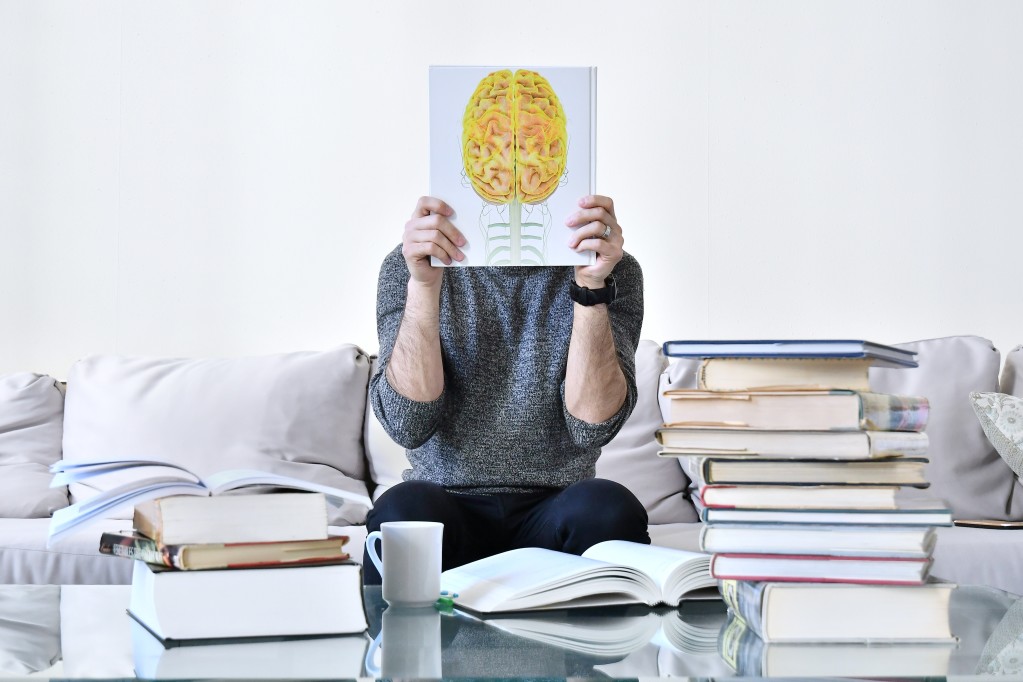Where did nootropics come from?
Nootropics have become more popular in recent years, especially after the advent of entertainment shows that revolve around improved brain usage like ‘Limitless’ and ‘Lucy’. All of this begs the question on the origin of nootropics. Here is everything you need to know about cognitive enhancers and their history:
History of nootropics:
The word nootropic is derived from Ancient Greek words ‘nóos’ meaning ‘mind’, and ‘tropḗ’, meaning “turning” or “bending”. If translated quite literally, nootropics might be mistaken for hallucination-like drugs. This is why some translations often break nootropics into nóos’ and tropien – which means towards the mind.
Alternative names for nootropics include ‘smart drugs’ and ‘cognitive enhancers’. There are various arguments on the origins of nootropics, with many arguing that the term was coined in 1964, while many others believe that the word was coined in 1972.
Nonetheless, here is a complete history lesson on nootropics:
Advent of nootropics:
Nootropics was a term coined by Corneliu Giurgea. Nootropics were only found as a by-product: an accidental discovery. The team that Corneliu Giurgea was leading was working on developing a sleep aid by crossing the blood-brain barrier.
Coincidentally, nootropics were found when researching a by-product on the chemical in the brain: “piracetam”, a GABA-like substance. Because there was no information on how to process this chemical in the brain, a new classification was required, which followed 30 pharmacological tests.
Over the course of these 30 tests, nothing was able to stimulate the chemical. In fact, it had no toxicity and very few side effects when given as a dose. It was only due to simple involuntary eye movements that the chemicals saw any usage or change.
First Prototypical nootropic agent:
Finally, a nootropic agent was discovered with the following capabilities:
- Aid in the growth of one’s ability to learn.
- Improve resistance to learning impairments.
- Allow more information to easily transfer between different hemispheres of information.
- Improves cerebral resistance, which helps protect against aggression.
- Improves control of subcortical CNS activity.
- Should be free from side effects, even in high doses.
Ultimately, the prototype was further tested in animals until in 1975, where it was tested in healthy humans. Studies showed that students that were using piracetam showed a 15% increase in their verbal activity. After several days of treatment, they even found better memory capabilities.
Commercialization of the agent:
The agent was slowly commercialized and is now available as small drugs that can be bought almost anywhere. Nootropics are officially now available over the counter in many stores in the form of caffeine. There are even dietary supplements that are considered as supplementary nootropics that doctors might prescribe to a patient suffering from mental problems. Problems like narcolepsy and ADHD are some of the most common problems that can be fixed with the help of nootropics.
Final Thoughts:
We hope that this article was able to properly shed light on the history of cognitive enhancers, and why they are so popular nowadays.





